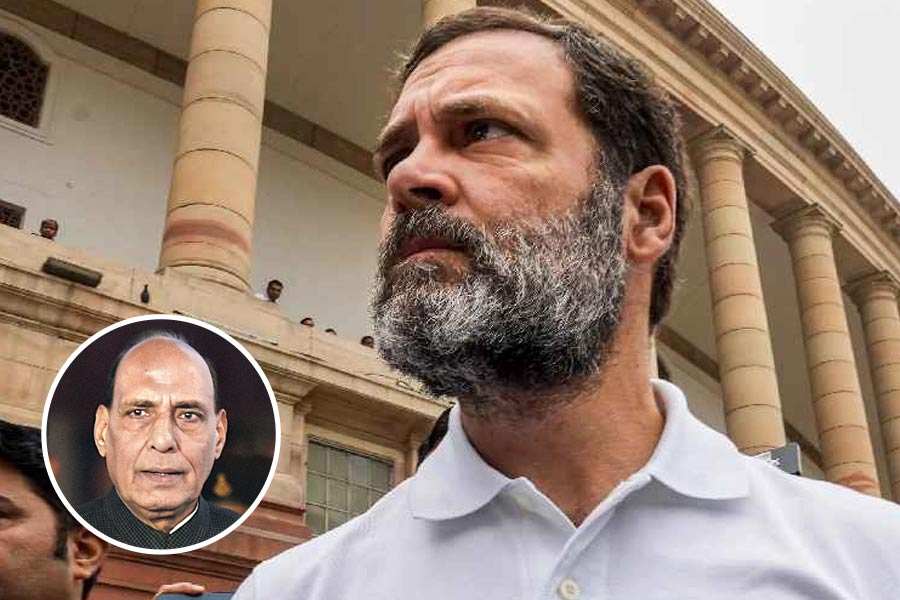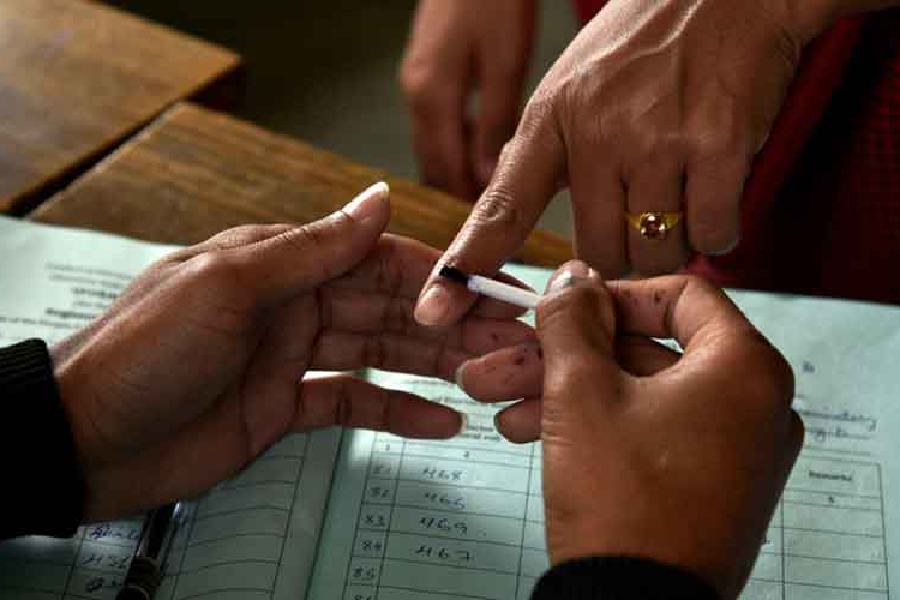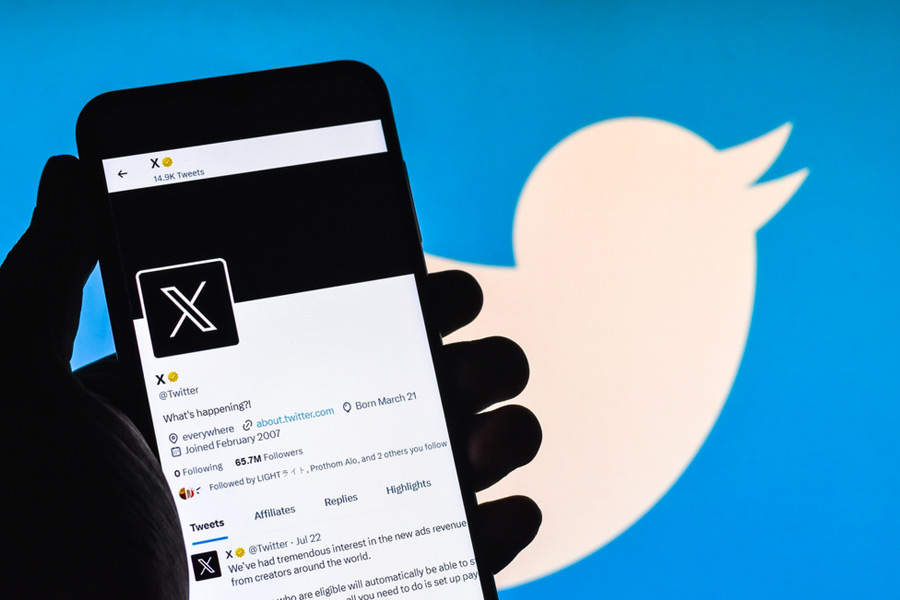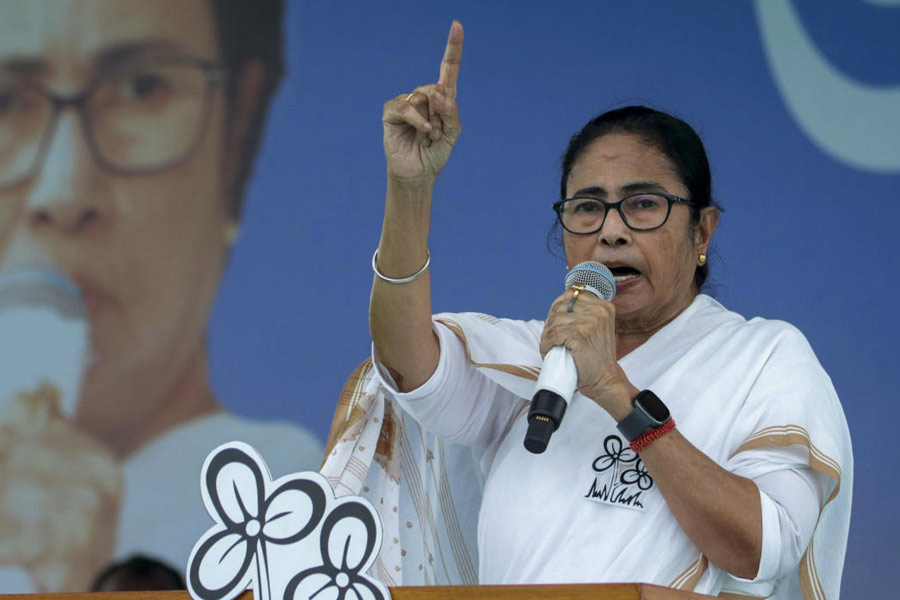How did we reach a point where a section of society has started to consider it a fundamental right to take the law into their own hands and mishandle a doctor following the death of a moribund patient?
Indeed, it does not even require a death anymore in hospitals across the length and breadth of this country for a doctor to be assaulted. Mere dissatisfaction with medical services is enough for patients’ relatives to assume the role of jury, judge and executioner; and enforce ‘justice’ on the spot. Thus, a budding young medic lies in hospital recovering from a depressed skull fracture caused by hooligans agitating in the name of the same deceased that his colleagues tried to save.
This alarming trend of commandeering the law is not restricted to assault on medical personnel. It is part of a greater, nation-wide societal phenomena of unnerving vigilantism which leads to ‘beef-lynching’ and damage to public property following a road traffic accident.
Perhaps even more disappointing is the revelation that the entire episode had its origin when on-duty interns demanded that the relatives of the dead apologise for threatening behavior, before they released the corpse to the grieving family. Two wrongs do not make a right. As a doctor who interned in the busiest medical college in this city I am hurt and astounded at such a response on the part of any member of the medical fraternity. The draft Patient’s Rights Charter published by the National Human Rights Commission in 2018 explicitly states that no hospital can detain the body of a patient under any circumstances, including financial dues, let alone for the sake of an apology.
Setting aside the future illegality of the action, it is a profoundly immoral and unprofessional act which violates every tenet of medical ethics which is sacrosanct in our profession, besides tarnishing those of us who have never engaged in such whims. The incident warrants a detailed inquiry and corrective disciplinary action, without endangering the trainees’ careers.
It also begs the question, what are we teaching our juniors who will be the torch-bearers of health care tomorrow? We must acknowledge the reality that the gradual disintegration of the erstwhile sacred doctor-patient relationship cannot be attributed to one side only. NRS has provided a warning. We need to respond by incorporating appropriate courses within the medical curriculum to hone soft-skills such as patient interaction, counselling and empathy.
After a week-long impasse between the protesters and the government, the voice of reason prevailed over pride on all sides. The CM demonstrated her will to resolve the stand-off when she waited for hours to meet the junior doctors on two separate occasions; after an initial rebuff on phone; then accepted all their demands publicly; repeatedly implored them to rejoin duties; and ignored all punitive options at her disposal in dealing with this crisis. The medics showed intent and maturity by withdrawing an adamant stand to dictate the time and place of the meeting. Finally, the administration took a decisive step forward by accepting the unprecedented demand to have a live-televised meeting.
This unique meeting allowed us to witness what can happen when people with good intentions come together to discuss problems and solutions with sincerity. I am not aware if such a live televised meeting between a CM and agitators has ever happened in India. No pre-scripted questions, no fawning sycophants, just genuine moner kotha, where a leader took and answered questions herself. Free exchange of perspectives between sides such as the Poet Laureate dreamt of years ago: “… dibey aar nibey, milabey milibey, jaabe na firey, ei Bharater mahamanober sagorotirey”. This meeting shall remain a landmark in the history of governance in India for illustrating in action the philosophy of government by discussion as a corecornerstone of democracy. We hope to see tangible outcomes in due course.
However, we must remember that this is only a start. The way in which the movement rapidly spread across India like wildfire shows this is a national problem, and not one unique to Bengal. Incidents of assault and resultant movements have taken place in multiple states over the last few years. Stern steps are required. Uncompromising laws must be legislated and implemented. The public must be educated that it is not acceptable to resort to physical violence or verbal threats to doctors on duty.Under any circumstances.
Moreover, long-term solutions can only be developed once the fundamental causes of patient uproar are addressed. Immediate redressal services need to be established to assuage patient dissatisfaction. Hospitals need to establish risk registers in every department and high-risk ward. Medical and administrative staff must be educated about trigger events. The importance of filing timely incident reports must be established. Most importantly, regular audits must be conducted to review progress on a weekly or monthly basis.
Finally, a humane professional environment must be established for on-duty doctors. Optimum people skills and behavioural finesse cannot always be expected from inhumanly exhausted bodies and minds at the end of 54-hour shifts under trying conditions. More seats must be created in medical education. Intelligently designed service rota, availability of medicines, and appropriate infrastructure would go a long way to prevent such incidents in the future.
These are difficult challenges in a manpower and financial resource-constrained sectors like ours with less than 2% of GDP allocated. Compare this with the UK, where nearly 10% of GDP is spent on health and no junior doctor is required to work over 45 hours per week. The chief minister explained that state budgetary allocation to health has increased from Rs 600 crore in 2011 to Rs 9,600 crores in 2019, a 16-fold increase in eight years! We can only hope that the Union government also rises to the challenge with a larger allocation to this crucial sector.
At the end, it seems fitting that the voice of protest roared first in Bengal, the land of revolution. Yet, the suffering of lakhs did not go unnoticed. By the time India shut down on June 17, Bengal once again showed the way forward, led by those who protested, and those who listened. Their message to the people they took an oath to serve was clear- “We heard your voice too.”
The author is a consultant IVF specialist, university gold medalist in ob-gyn, and former Felix Scholar at University of Oxford.










